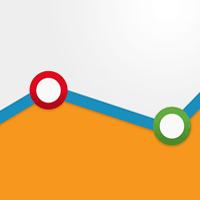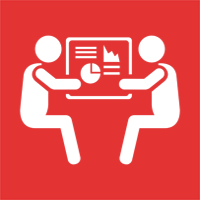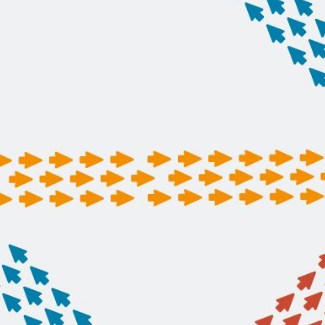Outside-In Analytics: The Science Behind Enhancing the Gloss of the Beauty Industry

:: Dr. Suresh Divakar, Ugam ::
Millennials shop for beauty products differently than their parents. According to a recent study, today's shoppers are more likely to be influenced by a video tutorial, blog or an online review than a sales person. Consumers are actively researching products online and are not shy to try out new brands. Considering this, social media continues to reigns supreme with brand users increasingly turning into brand promoters. In this new environment, brands that are leading the charge are leveraging vast external and internal data to understand consumers' tastes, deliver to those needs and choose how and where to compete.
In contrast to a few years ago, when companies relied solely on internal data, today major beauty brands are developing an outside-in perspective based on social media signals, search, reviews, consumer sentiment and competitor data along with internal company data. Here are some key areas where 'outside-in' analytics is being applied.
1. Improving promotional effectiveness
A large sum of marketing dollars go into promotions such as free product samples, buy-one-get-one-free coupons and so on. With outside-in analytics, marketers can now figure out what promotions will work best and shape targeted campaigns for nuanced audiences to achieve better ROI.
2. Gaining deeper channel insights
Monitoring seller performance, how products are represented online and tracking channels for counterfeits and minimum advertised price (MAP) violations can be a tiring process if done manually. Major brands are using outside-in analytics to track prices across online channels, identify gaps in their digital content such as images and videos, and identify unauthorized activity such as MAP violations and counterfeits to preserve brand value.
3. Estimating the price sensitivity of different customer segments
By understanding the price sensitivity of products across consumer segments, brands and retailers can be more efficient in determining competitive prices for consumer segments they are trying to serve. This is done by aggregating internal data such as inventory, sales and pricing with external factors such as competitor prices, promotional activities, product reviews and macroeconomic factors such as the GDP.
4. Understanding brand engagement and loyalty
According to a study (open PDF) by Adroit Digital, 52 percent of millennials want brands that are willing to change based on consumer opinion and feedback. This makes it extremely important to converse with consumers through social channels in order to build loyalty. Through outside-in analytics, companies can use data to understand how consumers engage with different brands online and identify areas to increase mindshare.
5. Informing product development
In a market that is so trend-sensitive, beauty brands cannot afford to lose sight of changing consumer needs and wants. With consumers being more vocal than ever before, brands are leveraging analytics to listen to what their consumers are saying, take their feedback, and use those insights to inform their product development and stay relevant. In addition, analytics can also be used to inform decisions about how and where brands should compete.
6. Managing SKU proliferation
With vast ranges of beauty products available in numerous variants, how do retailers determine what to carry and how much? What should they sell online and in stores? To tackle these challenges, retailers and brands are using analytics to identify gaps in their offerings, understand how they compare with the competition, identify where they are under-represented, where they should expand or rationalize their portfolios.
The beauty industry always will be about glamour and science, thus marketers should take advantage of data and analytics to help brands better understand customer expectations, buying habits and motivations. Such insights will help marketers generate smarter decisions to stay relevant not just to millennials but for generations to come.
Dr. Suresh Divakar is the Senior Vice President at analytics firm Ugam. He leads Ugam's analytics capability and is responsible for strengthening the company's managed analytics offering. He has over 30 years of experience working with companies like Kraft, PepsiCo and Citibank, and heading the global analytics at Avon and Bristol Myers.










